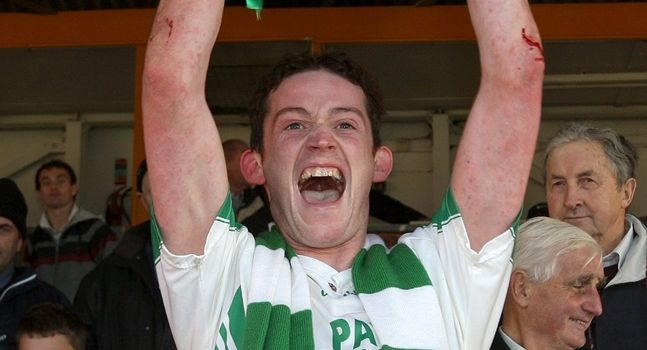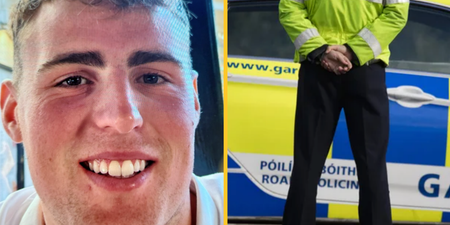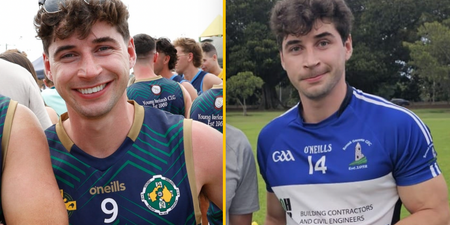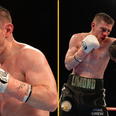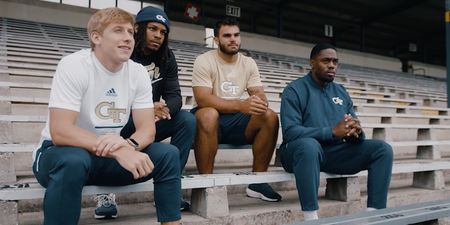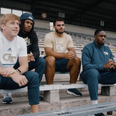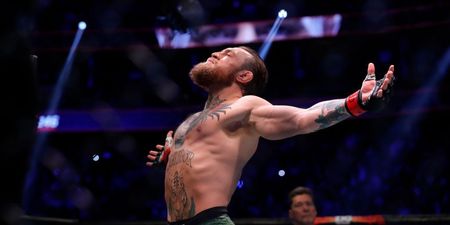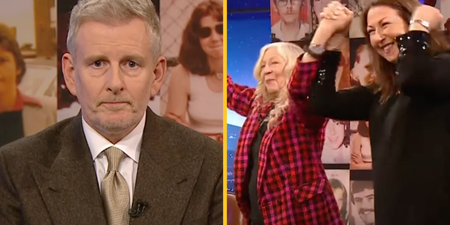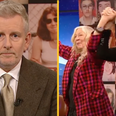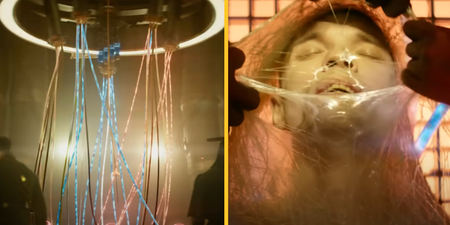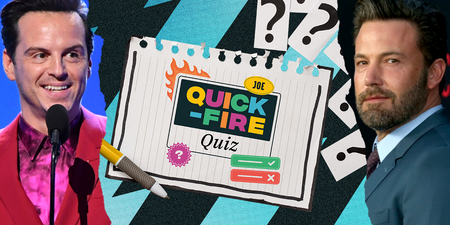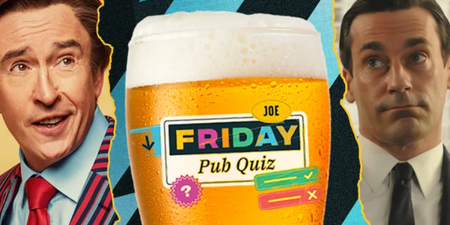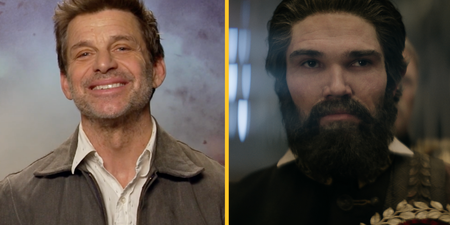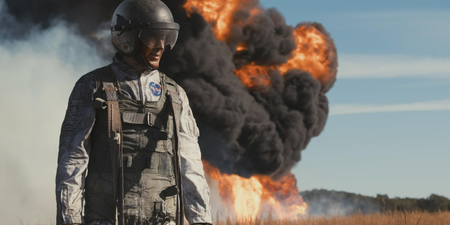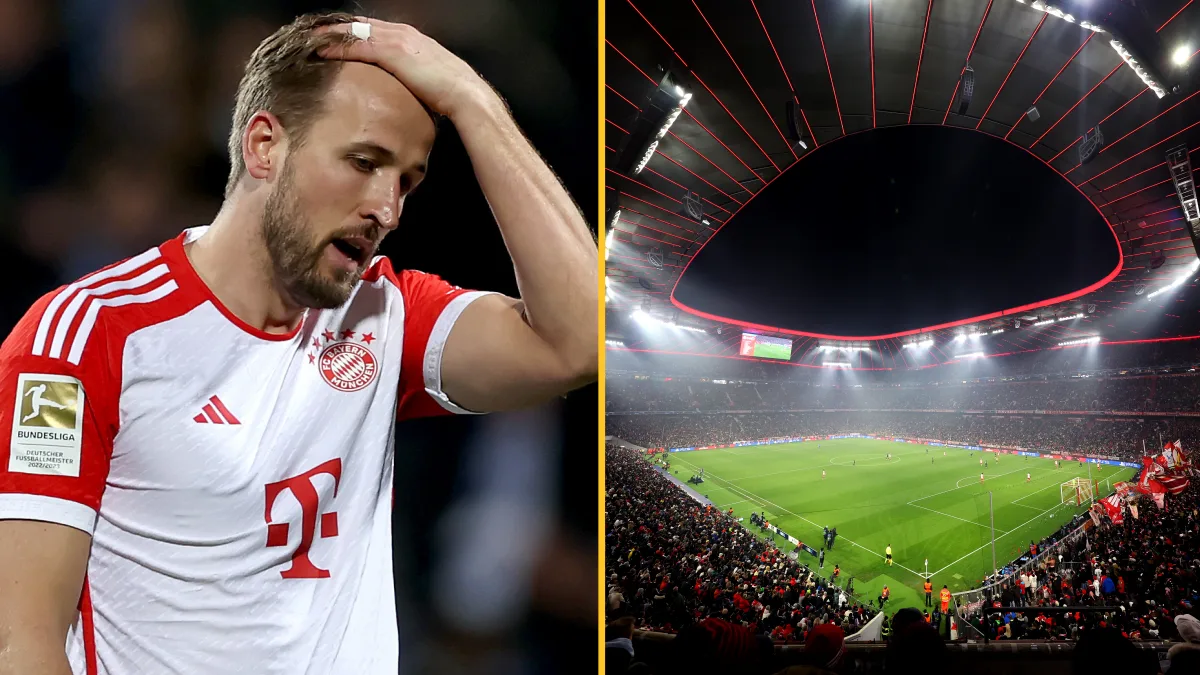
If you’re old enough, you’re not always considered good enough in the GAA, but some vibrant veterans are bucking the trend.
This Sunday in Portlaoise, Kilkenny champions O’Loughlin Gaels will look to veteran forward Martin Comerford for inspiration in a bid to win what would be a third Leinster title in their history.
Comerford is 38-years-old, but he’s still absolutely flying it.
Granted, he might not be scoring 5-6 in two games like one of the players he’ll be facing on Sunday, Cuala’s Con O’Callaghan, a man nearly half his age, but he’s still making his presence felt.
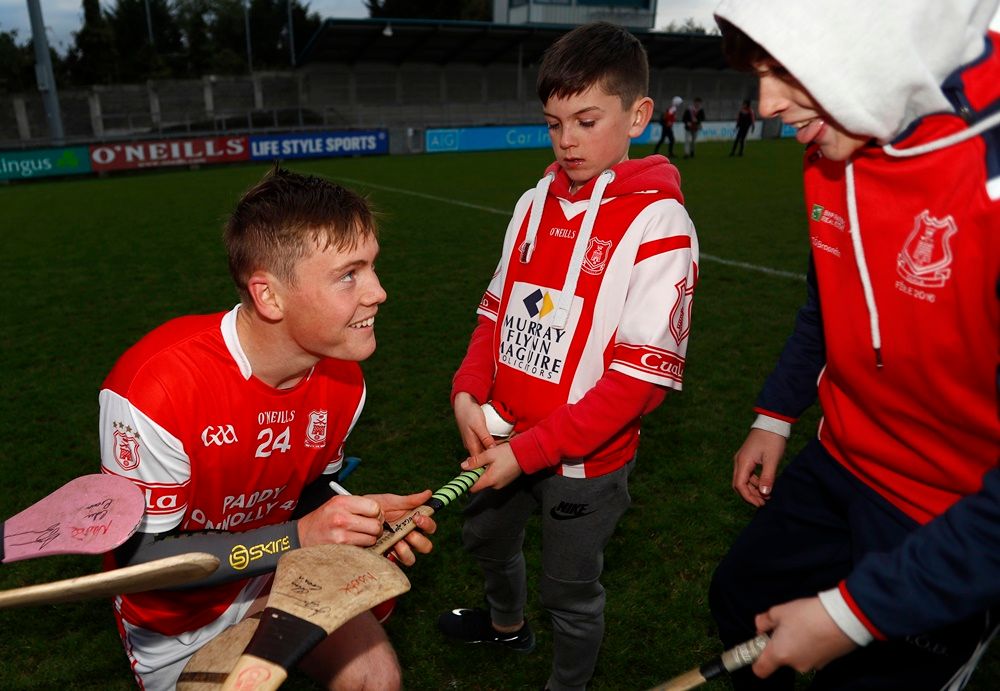
The former Cats star scored four beautiful points in the semi-final victory over Oulart the Ballagh and a couple of crucial scores in the county final against Ballyhale Shamrocks. Scoreboard contributions aside, you can’t put a value on the impact his wealth of experience has on games of such magnitude.
By standard GAA logic, however, Comerford should have hung up his hurl years ago.
Once you hit 30 in the GAA, the standards by which you are judged change almost overnight.
Former inter-county players like Comerford are special cases, of course.
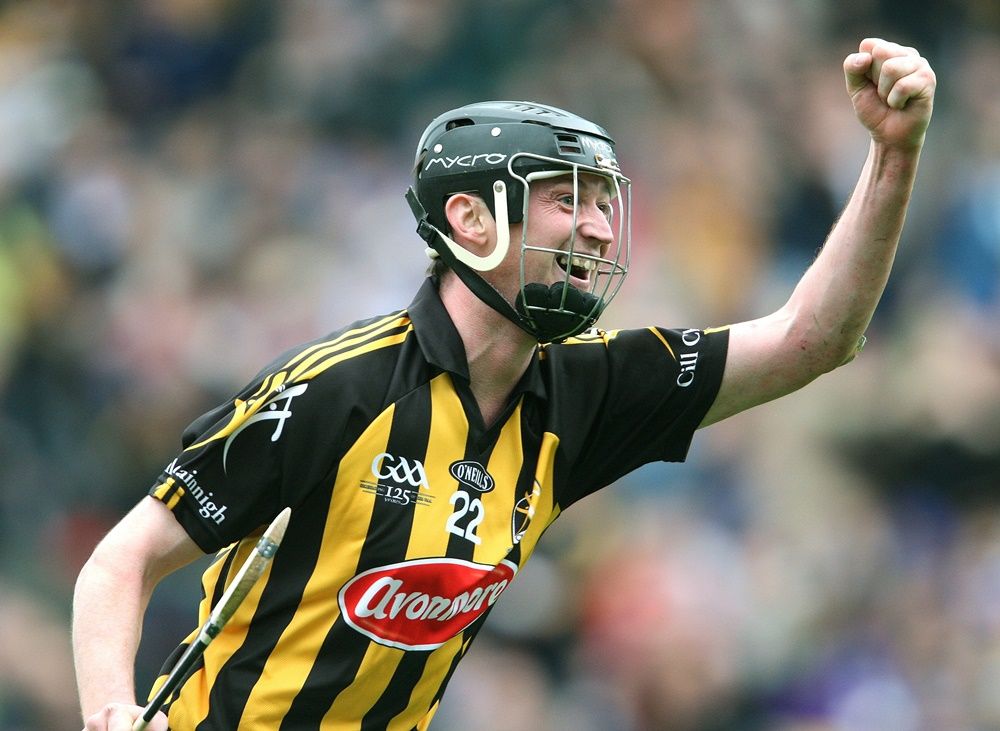
Given the superior standard of conditioning they would have been exposed to during their inter-county careers (coupled with the fact that they’re, you know, better than everyone else), injury and time permitting, they often play on longer than your average club player.
But even at inter-county level, elite players often can’t shake the perception that the clock is ticking towards retirement as soon as they leave their 20s.
Yes, it’s true that decline does affect some at that age and can be quite accelerated and even obvious in some cases, but not everyone deserves to be tarred with the same brush.
In my own county of Mayo for example, the futures of Alan Dillon and Andy Moran have been questioned for the last number of winters, only for the pair of them to demonstrate year after year that they’re still well able to cut it at the highest level.
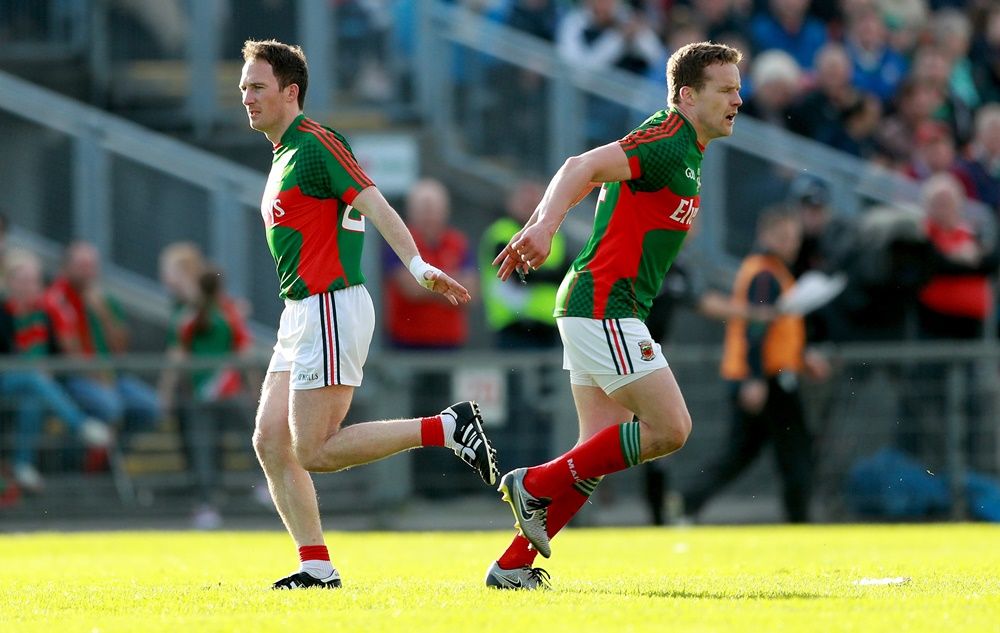
Ageism in sport isn’t limited to GAA alone, of course, but it’s a prejudice that often seems more prominent in Gaelic football and hurling than in many other codes.
As a 32-year-old club footballer, I admit that I make the point with vested interests at heart in a completely self-serving attempt to insulate myself from inevitable criticism in the not-so-distant future! But I still maintain that it’s a valid argument.
In your mid-20s, one bad game, or even a series of them, is seen as a dip in form.
Once you go past 30, it’s regularly perceived as a sign of inevitable and irreversible decline, even if the negative aspects of those performances often have little or nothing to do with the physical effects of the passing of time.
And once that theory takes hold, it’s very hard to shift; all the more unfortunate for the victim if the manager begins to subscribe to it.
A more scientific approach to diet, injury rehabilitation, conditioning and recovery in recent years, which has filtered down to the club scene, means that players continuing to play at a decent level into their late 30s should be far more common in the future.
For now, however, it’s up to old soldiers like Martin Comerford to continue to carry the torch for the veteran GAA players’ brigade.
Godspeed, comrade.
